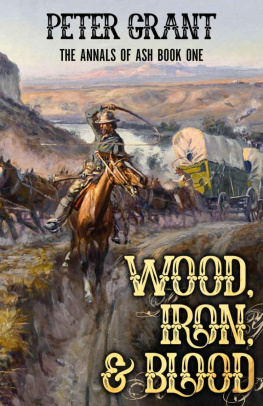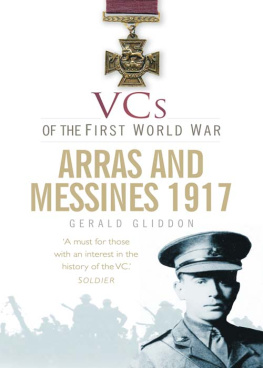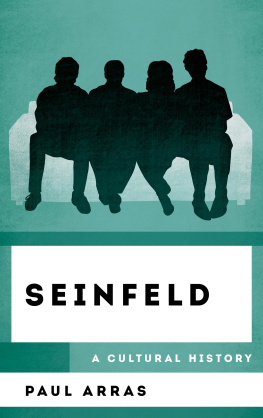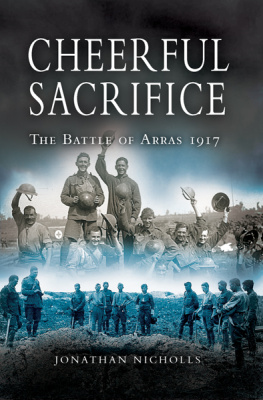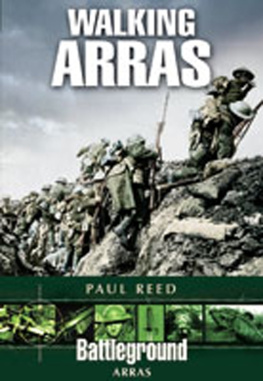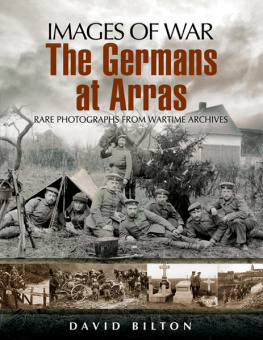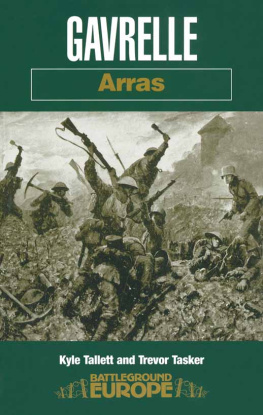The Arras Culture of Eastern Yorkshire Celebrating the Iron Age
The Arras Culture of Eastern Yorkshire Celebrating the Iron Age
Proceedings of Arras 200 celebrating the Iron Age, Royal Archaeological Institute Annual Conference, 2017
edited by
Peter Halkon
Published in the United Kingdom in 2020 by
OXBOW BOOKS
The Old Music Hall, 106108 Cowley Road, Oxford OX4 1JE
and in the United States by
OXBOW BOOKS
1950 Lawrence Road, Havertown, PA 19083
Oxbow Books and the individual contributors 2020
Paperback Edition: ISBN 978-1-78925-258-3
Digital Edition: ISBN 978-1-78925-259-0 (ePub)
Kindle Edition: ISBN 978-1-78925-261-3 (Mobi)
A CIP record for this book is available from the British Library
Library of Congress Control Number: 2019952454
All rights reserved. No part of this book may be reproduced or transmitted in any form or by any means, electronic or mechanical including photocopying, recording or by any information storage and retrieval system, without permission from the publisher in writing.
For a complete list of Oxbow titles, please contact:
UNITED KINGDOM
Oxbow Books
Telephone (01865) 241249
Email:
www.oxbowbooks.com
UNITED STATES OF AMERICA
Oxbow Books
Telephone (610) 853-9131, Fax (610) 853-9146
Email:
www.casemateacademic.com/oxbow
Oxbow Books is part of the Casemate Group
Front cover: Wetwang chariot burial 2 of a woman, excavated in 1984. (Photo: A.L. Pacitto, courtesy A.L. Pacitto collection.)
For Ian and Sheelagh Stead
and
In memory of Rod Mackey FSA
Acknowledgements
Thanks are due to the Royal Archaeological Institute under whose auspices the Arras 200 conference was organised and the contributors for all their efforts. Support was also provided by the Yorkshire Archaeological and Historical Society and the East Riding Archaeological Society. The provision of colour images for this volume was made possible by a generous grant from the Marc Fitch Fund, for which many thanks are due.
The RAI also provided funding to pay for copy-editing which was done by Jill Wilson. Thanks are also due to the anonymous referee for their helpful comments and finally to Jessica Scott and Julie Gardiner of Oxbow for agreeing to this publication and their patience.
List of contributors
D R P ETER H ALKON
Senior Lecturer in Archaeology University of Hull
M ARK S TEPHENS
Malton Archaeological Practice Ltd
http://www.maparchltd.com/
P AULA W ARE
Malton Archaeological Practice Ltd
http://www.maparchltd.com/
D R J OHN D ENT
Lilliesleaf, Scotland
D R M ELANIE G ILES
Senior Lecturer in Archaeology University of Manchester
D R Y VONNE I NALL
Project Officer
Australian Archaeological Institute at Athens
D R M ANDY J AY
Honorary Research Fellow Department of Archaeology Durham University
P ROFESSOR J ANET M ONTGOMERY
Department of Archaeology Durham University
R OBERT H URFORD
Somerset
http://www.chariotmaker.com/
D R A NNA L EWIS
Independent Researcher
D R H ELEN C HITTOCK
AOC Archaeology Group
D R F RASER H UNTER
Principal Curator
Prehistoric and Roman Archaeology Department of Scottish History and Archaeology
National Museums Scotland
P ROFESSOR T IMOTHY C HAMPION
Emeritus Professor of Archaeology University of Southampton
D R M ANUEL F ERNNDEZ -G TZ
Reader in Archaeology University of Edinburgh
Introduction
This volume presents papers delivered at the conference, Arras 200 Celebrating the Iron Age, held in the Hospitium of the Yorkshire Museum, York, in November 2017, organised under the auspices of the Royal Archaeological Institute. The choice of York as a venue was deliberate, as it was here, in July 1846, that the then Archaeological Institute of Great Britain and Ireland held its annual meeting, at which the Rev. E.W. Stillingfleet communicated the discoveries at Arras, with finds from the excavations displayed at the former St Peters School in the Minster Yard (Archaeological Institute 1848). Many of the finds listed are now housed in the Yorkshire Museum.
Many of those in attendance at the 2017 conference requested that the proceedings should be published. Both the conference and this book include contributions from those who have been researching the Iron Age of eastern Yorkshire for decades and has also provided an opportunity for recent PhD graduates to publish their work.
The main inspiration was the bicentenary of the excavations at Arras Farm near Market Weighton, East Yorkshire, referred to above, undertaken between 1815 and 1817, on a site previously identified by Abraham de la Pryme in 1699. Discoveries included a spectacular chariot burial with two horses, which became known as the Kings Barrow (Stillingfleet 1848). By remarkable happenstance, a chariot burial, also containing two horses, was discovered in 2017, unexpectedly during excavations prior to a housing development at Burnby Lane, Pocklington, as the conference was being planned. This burial was part of a much larger cemetery of over a hundred burials in square and small round barrows. A further chariot burial was excavated at the Mile, at the opposite end of Pocklington to Burnby Lane in 2018. Unique so far in Britain, this contained the skeletons of two horses in an upright position as if pulling the vehicle, which had been interred intact. The human occupant, a male in later middle age, lay above a highly decorated shield on the floor of the vehicle. An interim account of these excavations has been provided for this volume by Mark Stephens and Paula Ware of MAP Archaeological Practice Ltd. At the time of writing, steps are being taken to undertake careful scientific investigation of the Pocklington burials including isotope and DNA analysis. It is, therefore, appropriate that an introduction to the use and limitations of isotope analysis on animal and human remains has been provided for this volume by Janet Montgomery and Mandy Jay.
The largest concentration of chariot burials found so far in Britain is at Wetwang and Garton Slack on the Yorkshire Wolds. John Dent has written an overview of these remarkable excavations, looking not only at the extensive cemetery, but also at its wider context, including the development of the site from a carefully organised open village of roundhouses to an enclosed settlement.
It is clear that the landscape itself was important in the siting of both settlements and cemeteries in Iron Age eastern Yorkshire. The editor of this volume has provided an account of the landscape setting of the Arras cemetery, and reviews recent fieldwork, including the first complete geophysical survey of the Arras cemetery. This chapter also considers the relationship between settlement type and the environment and the effects of sea level change in this period.
Burials are the best-known aspect of the Arras culture and the sheer quantity and the quality of excavation has enabled insights to be gained concerning the structure of society. The so-called Queens barrow excavated at Arras, which was accompanied by a range of high status grave goods, suggests that some women possessed considerable social status. It is also noticeable, for example, that the female chariot burial excavated at Wetwang in 1984 had more elaborate decoration on the harness fittings than the two male burials in the same cemetery group. Melanie Giles reflects on these and other burials, providing important insights into the life and death of women in the Iron Age of the region.




